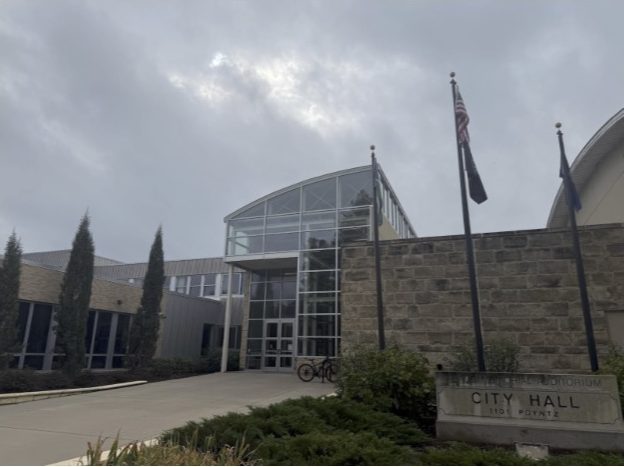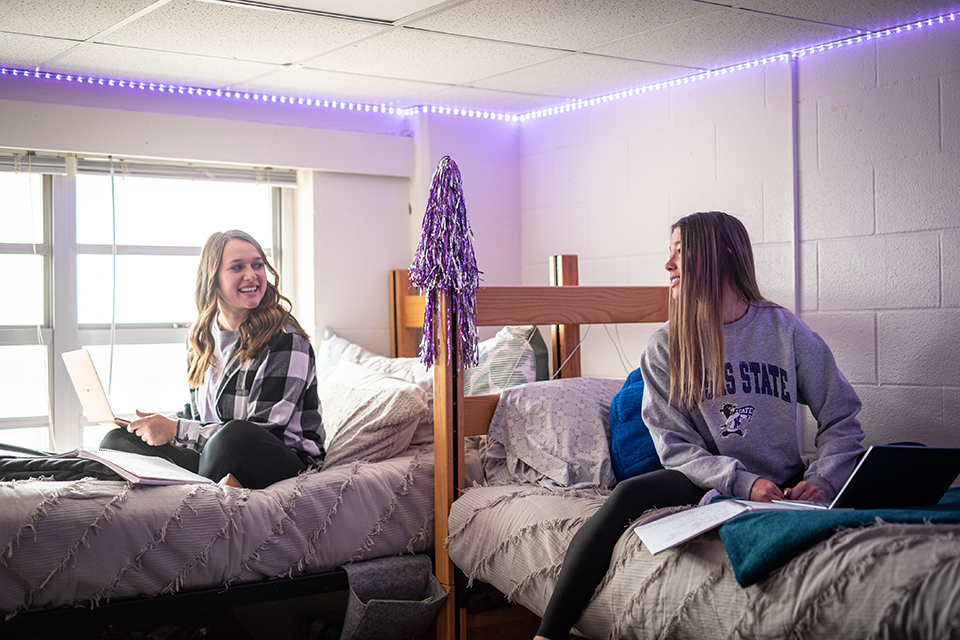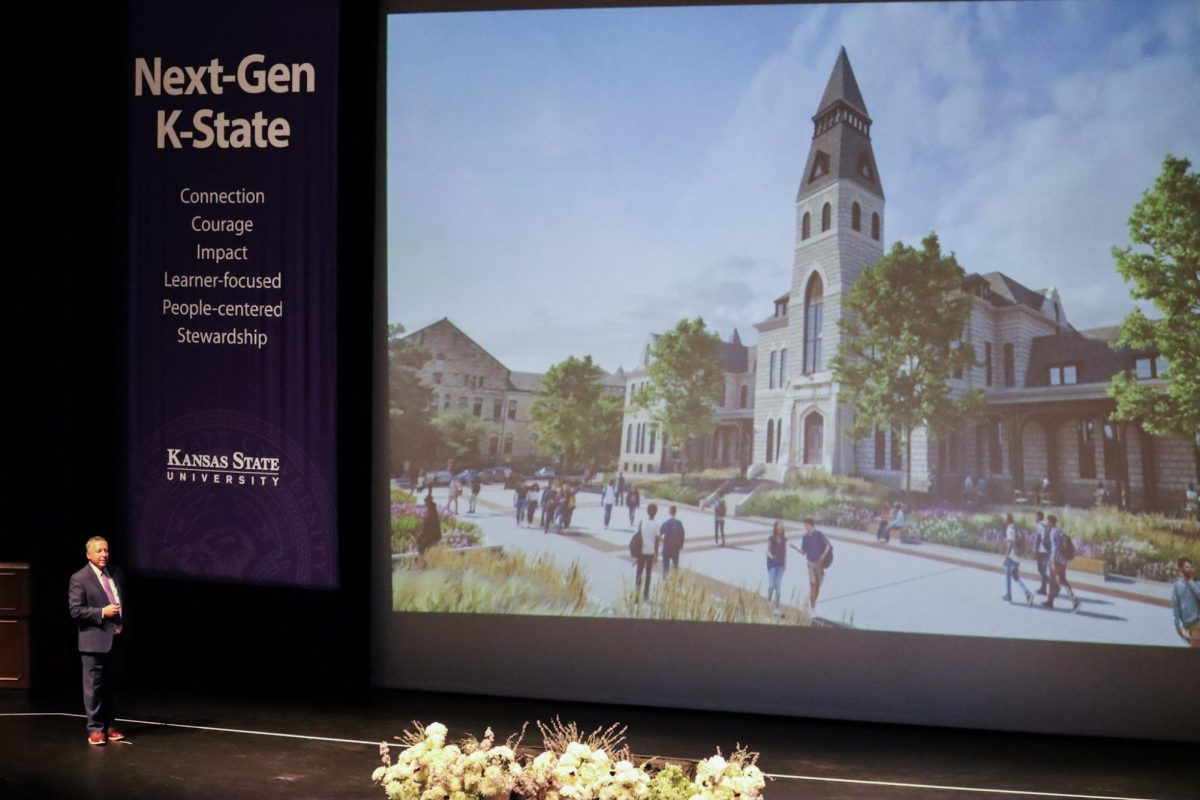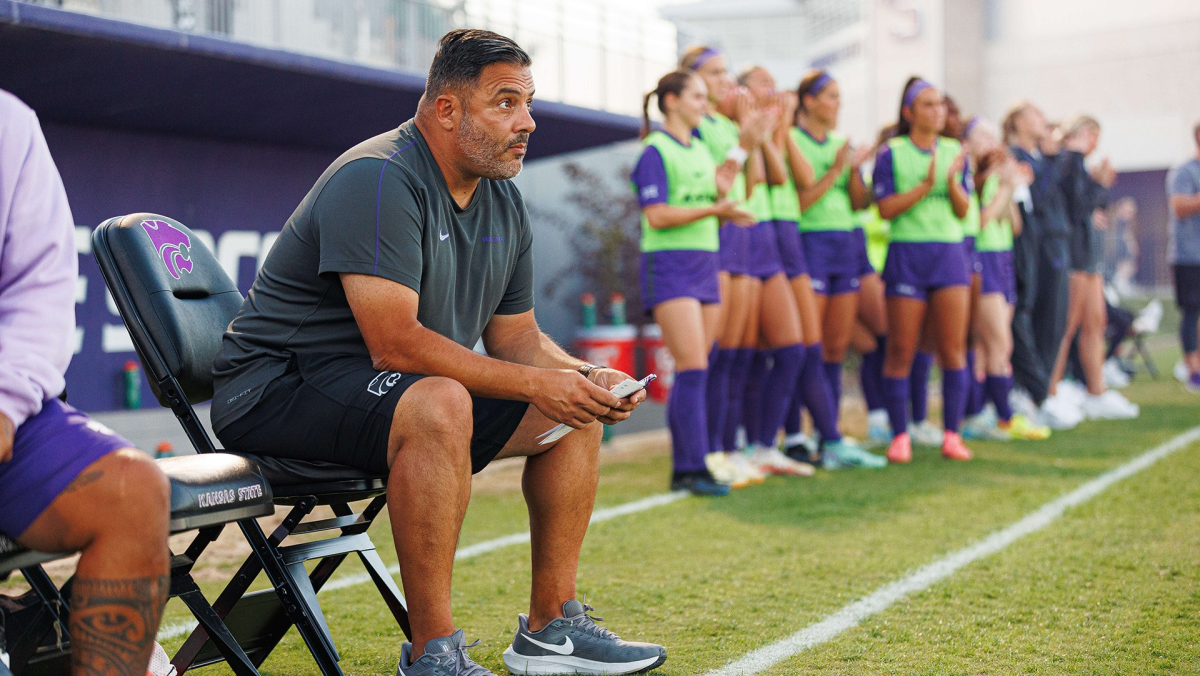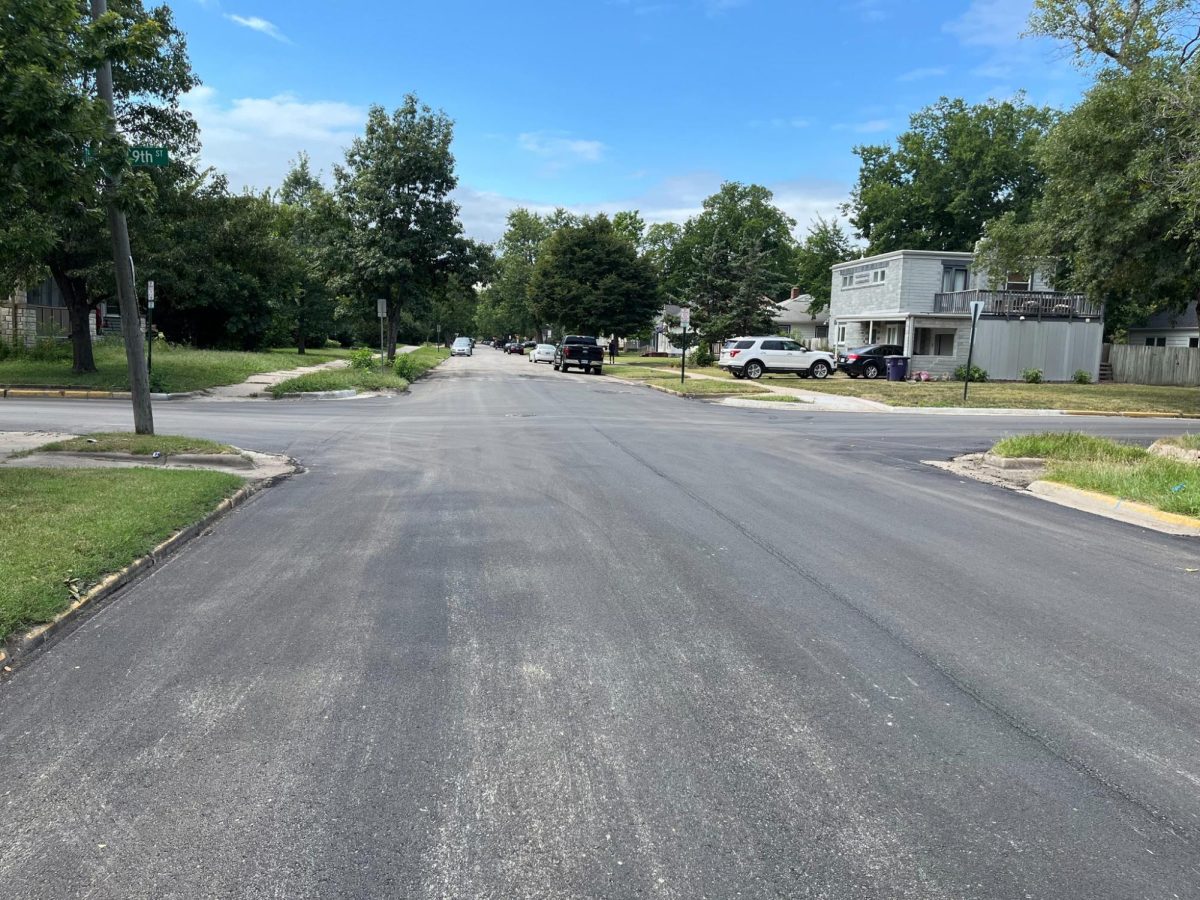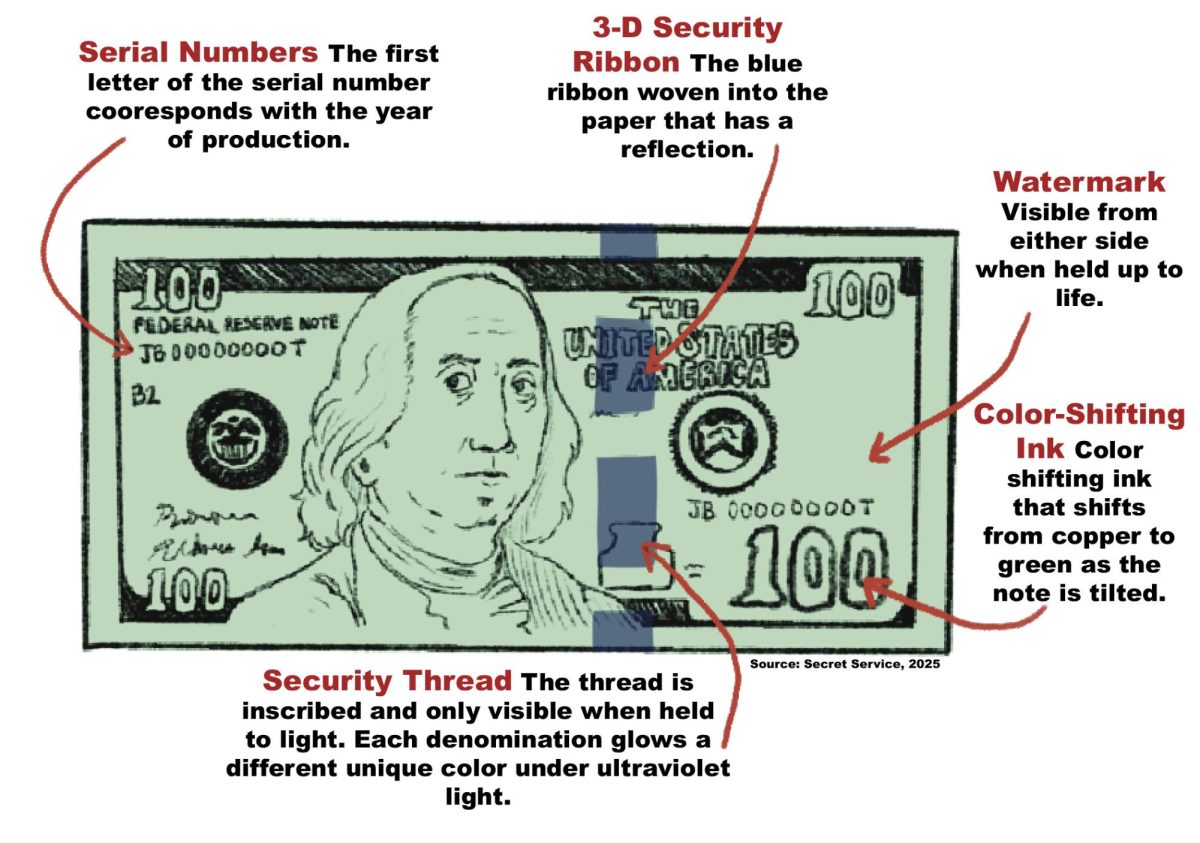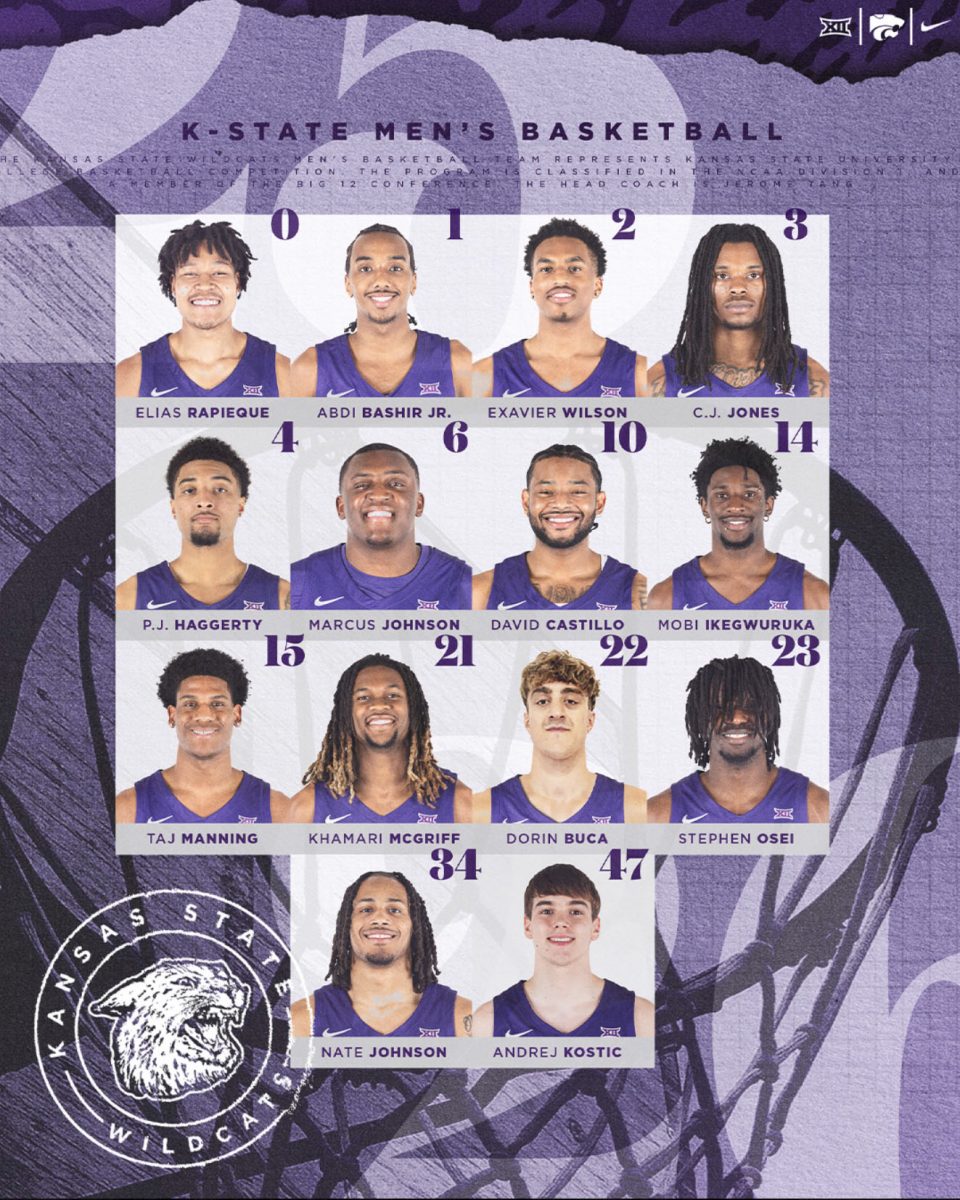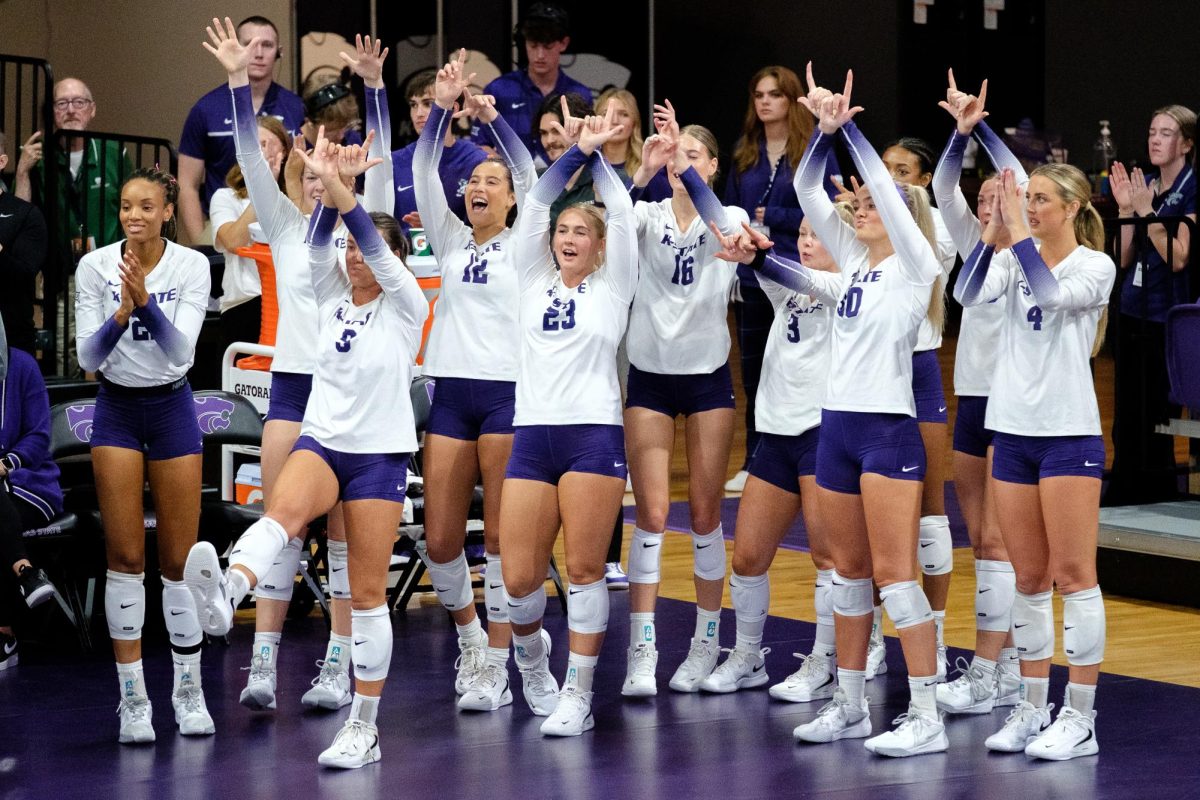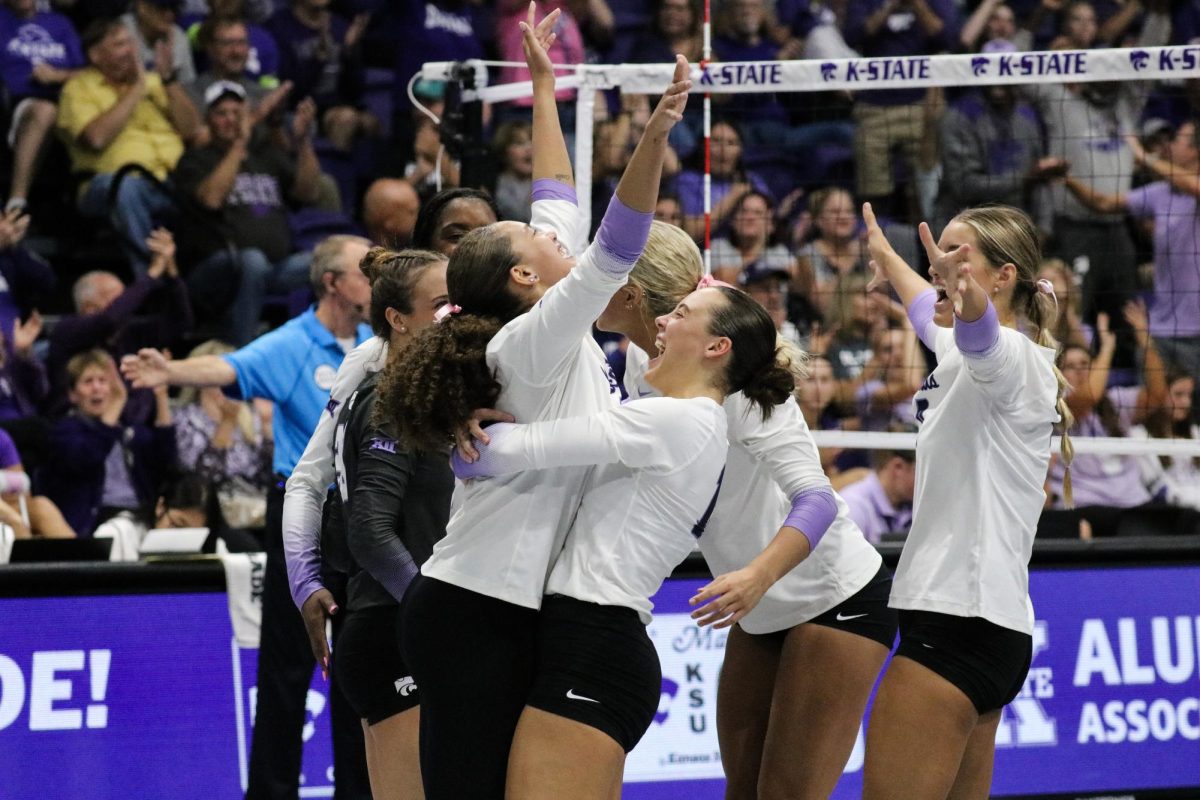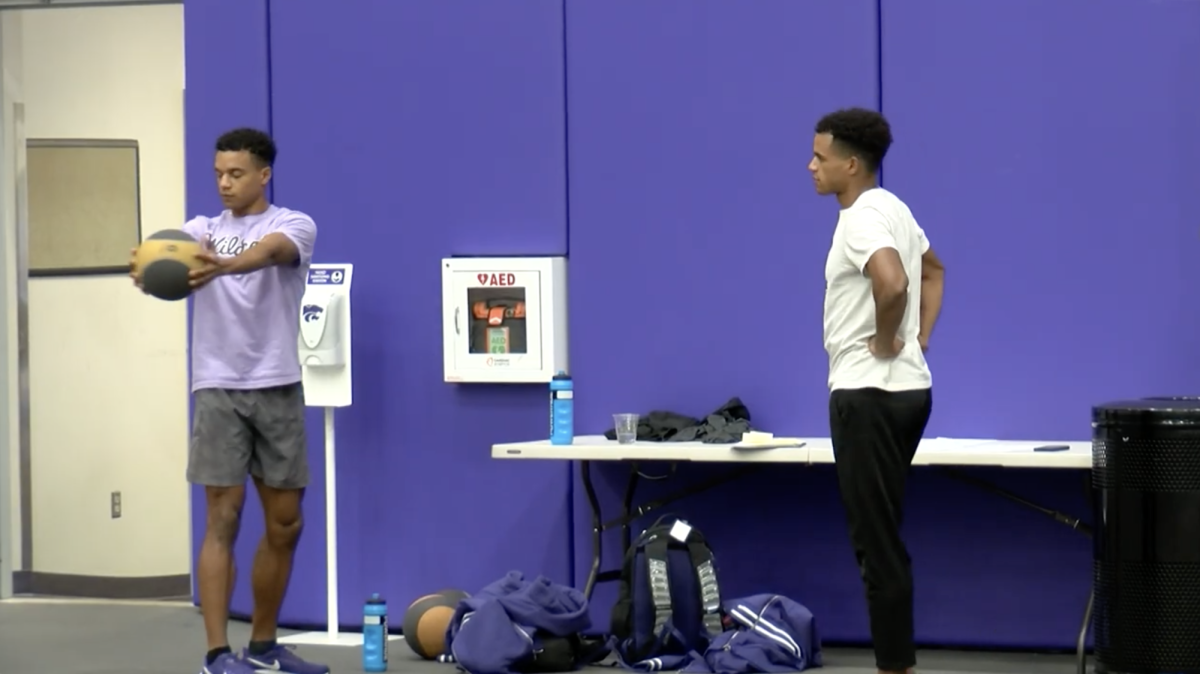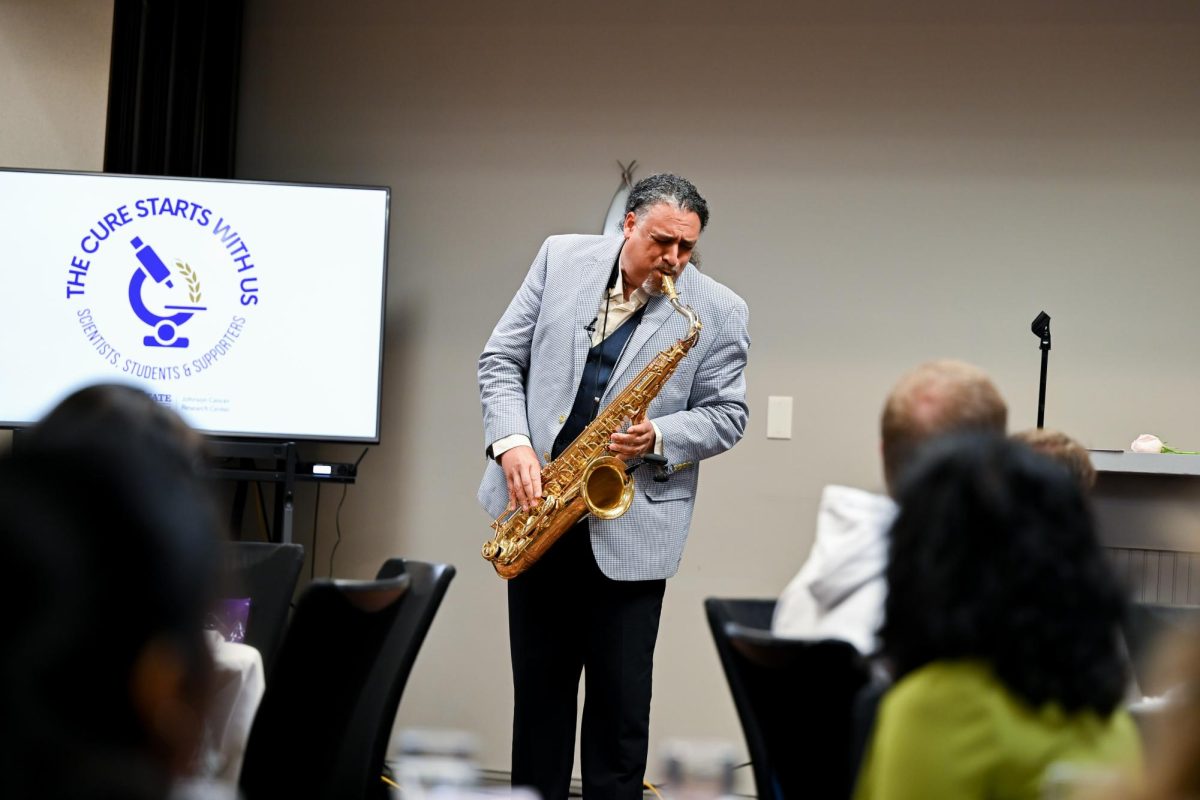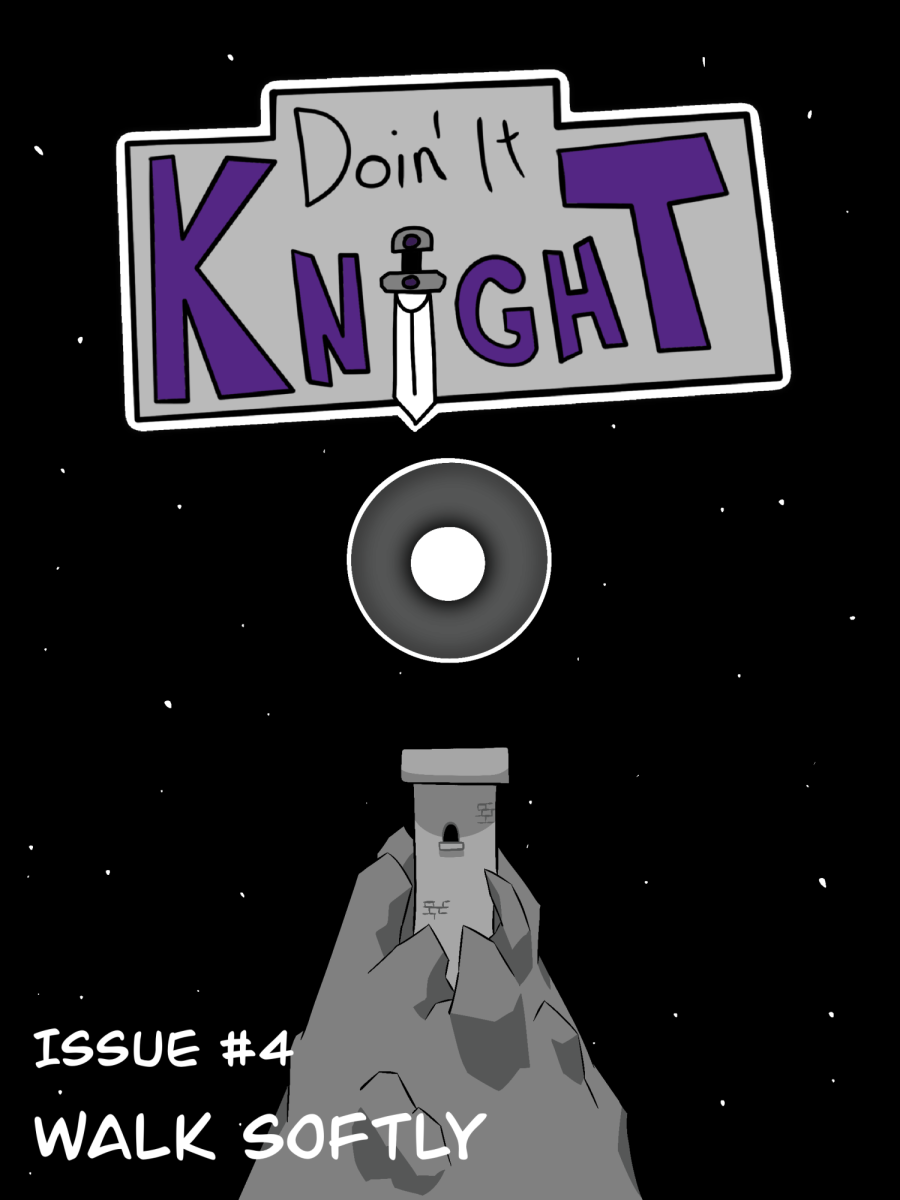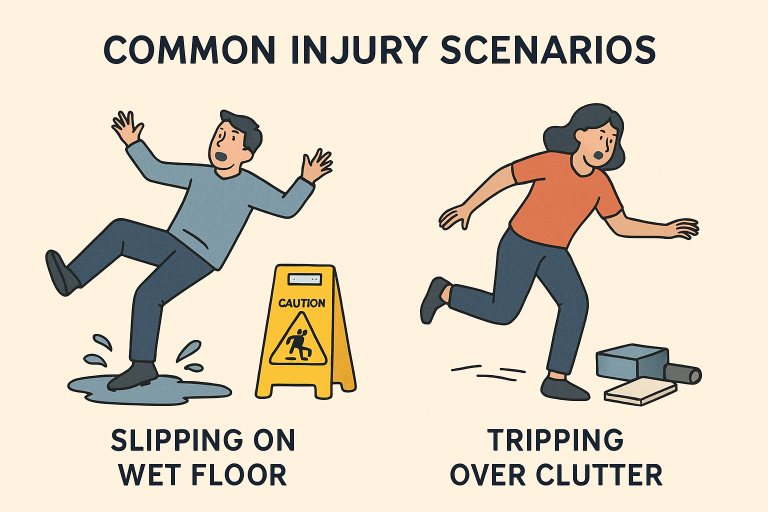Higher education is going through a major shift. For decades, going to college meant sitting in classrooms, following fixed schedules, and earning credits through face-to-face instruction. That traditional model still exists, but technology is rapidly reshaping what college looks like.
Today, online courses, virtual classrooms, and flexible learning platforms are becoming the new norm. Students can now earn degrees, take courses from top universities, or build skills from anywhere, often at a lower cost and on their own time.
In the sections ahead, we’ll look at some of the biggest ways higher education is evolving and what these changes mean for the future of learning.
Rise of Online Learning Platforms
A major shift in higher education has been the rapid growth of online learning platforms. Websites like Coursera, edX, and Udemy have opened access to quality education for learners around the world. From short, skill-focused courses to full degree programs, these platforms offer flexible paths for students at different stages of their academic or professional journey.
Flexibility is a big part of the appeal. Students can learn at their own pace, on their own schedule, and from wherever they are—making education more accessible to people balancing work, family, or financial constraints.
But these platforms aren’t just for introductory learning anymore. As online education evolves, it’s expanding into more advanced territory. Many fields—like business, data science, and computer programming—now offer full academic tracks online.
We’re even seeing the rise of highly specialized offerings. For example, AI PhD programs are beginning to appear in online or hybrid formats, allowing students to engage in advanced research without being limited by geography.
This trend reflects a broader shift. Colleges and universities are not just experimenting with digital education, they’re investing in it, recognizing that flexible, high-quality learning is no longer optional. It’s becoming a central part of how higher education is delivered.
Hybrid and Blended Learning Models
While some students prefer fully online programs, others benefit from a mix of in-person and digital learning. That’s where hybrid and blended models provide a solution. These approaches combine traditional classroom time with online lessons, videos, assignments, and discussion boards.
Many universities are now redesigning their courses to include both face-to-face and digital components. This model gives students more ways to engage with the material. For example, they might watch a lecture video at home, and then come to class to work on a group project or ask questions.
This setup also allows schools to reach more students without needing to build more classrooms. For students, it means better access to learning materials and more freedom to manage their own time.
Hybrid learning is not just about convenience. It also supports different learning styles. Some students learn better through visual content, others through hands-on activities, and some through discussion. Blended models help address these differences.
Digital Tools Reshaping the Classroom Experience
Technology is not only changing how students access courses but also how they learn in the classroom. Digital tools like Zoom, Google Classroom, and Canvas have become central to many courses. They help teachers organize materials, give feedback, and hold virtual office hours or live classes.
More advanced tools are also being introduced. Virtual reality (VR) and augmented reality (AR) are making it possible to simulate labs, historical sites, or complex processes in a 3D environment. These tools can help students understand difficult topics in a more interactive way.
AI-powered platforms are being used to track student progress and provide real-time feedback. This helps instructors identify students who may be struggling and adjust their teaching methods accordingly.
In short, classrooms are becoming more interactive and personalized, making the learning process more engaging and effective for students.
Shifts in Faculty Roles and Teaching Methods
As technology changes how students learn, it’s also changing how teachers teach. In the past, most college classes were based on lectures, where the professor did most of the talking. Today, many teachers are shifting toward being more like guides or mentors. They help students find answers, ask questions, and work on real-world problems.
With more digital tools in the classroom, professors are using new methods to keep students engaged. They might use short videos, live polls, online quizzes, or group chats to make learning more interactive. Some are recording lectures so students can watch them later and use class time for discussion or hands-on activities.
This shift also means that teachers need to keep learning too. Many are taking training courses to improve their tech skills or to better understand how to teach online. Teaching is no longer just about knowing the subject—it’s also about knowing how to use digital tools effectively.
Accessibility and Global Reach
One of the biggest benefits of digital learning is that it makes education available to more people. In the past, many students couldn’t attend college because they lived too far from campus or couldn’t afford to move. Now, online courses allow people to learn from almost anywhere.
This global access helps students from different countries learn together in the same virtual classroom. They can share ideas, learn about different cultures, and work on group projects without being in the same place. Language translation tools and subtitles also help break down communication barriers.
For students with disabilities, digital learning can offer better support. Screen readers, adjustable text sizes, and captioned videos make it easier to access content. Online platforms can also allow students to move through the material at their own pace, which helps those who need extra time.
By reaching more people and meeting a wider range of needs, online education is helping to make learning more inclusive and fair.
Higher education is changing in big ways because of technology. Online platforms, hybrid models, digital tools, and new types of learning paths are making it easier and more flexible for people to get an education. Students can now learn at their own pace, from anywhere, and in ways that match their needs.
At the same time, teachers are learning new ways to connect with students, and schools are finding new ways to measure learning beyond traditional degrees. While there are still challenges to solve—like access, quality, and motivation—it’s clear that the digital age is opening new doors in education.
The future of learning is likely to be a mix of online and in-person experiences, with more choices for students and more tools for teachers. As long as schools, students, and educators keep working together, higher education can continue to grow and improve in the digital world.

